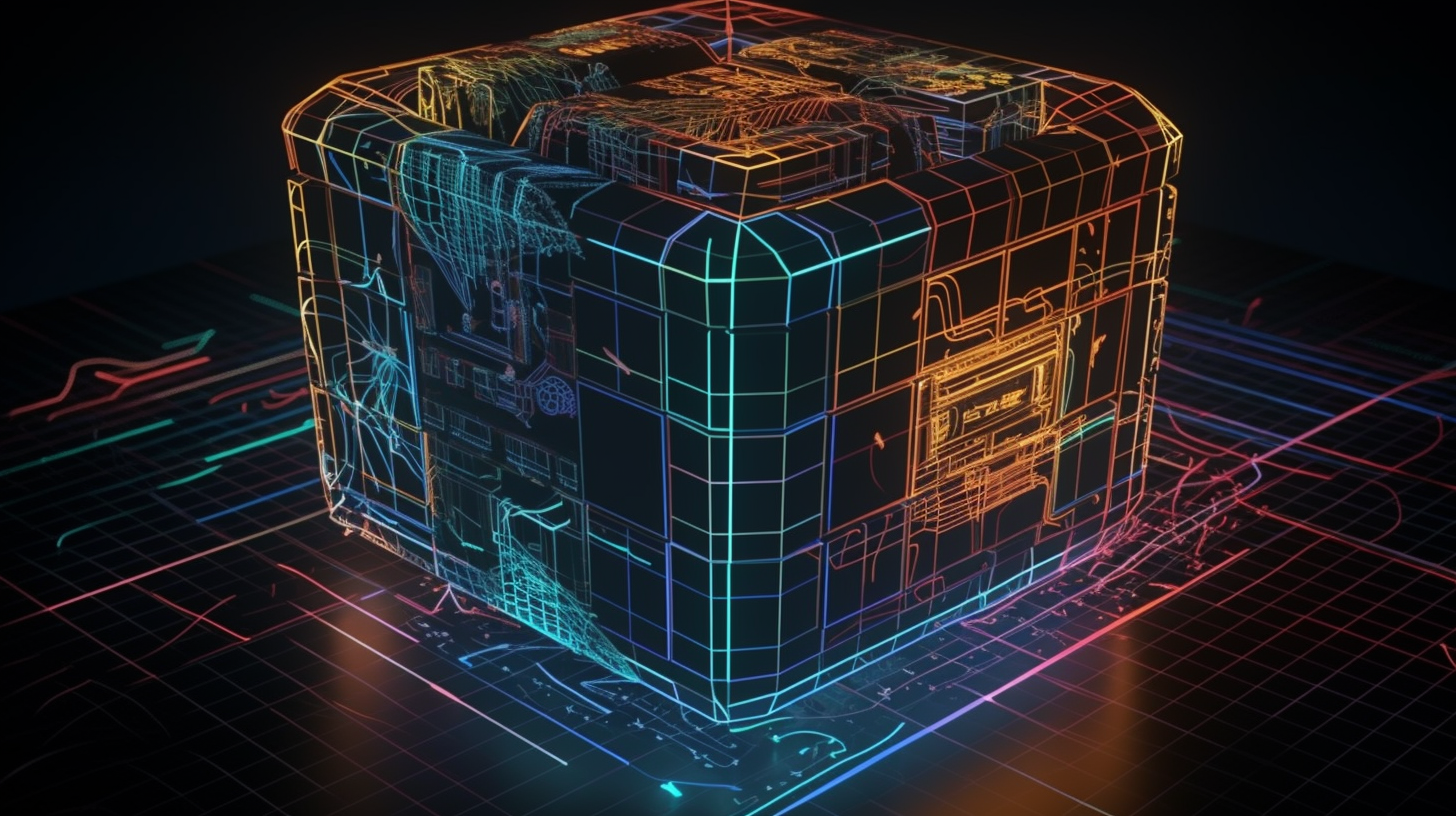Perspectives on IPv4 Subnetting: A Wacky Journey through Cyberspace

What's on the stove, folks? Today, I'll guide you through the fascinatingly convoluted world of IPv4 subnetting. You might view subnetting as bland as a cracker, but take my word for it – it's as elaborate and tantalizing as a multi-layered gateau. So, strap yourselves in; we're doing a deep dive into this necessary topic in preparation for the daunting CCNA 200-301 exam.
First Things First: What on Earth is Subnetting?
Ah, subnetting, network engineers find it as challenging as solving a Rubik's Cube. Subnetting requires breaking down a network into 'subnets' or digestible chunks, a task that often results in knitted brows and exasperated sighs. For you, a network engineer, mastering this crucial skill is vital; not just to nail your CCNA 200-301 exam, but also to maintain your composure in your networking career. Knowing which wire to cut while defusing a bomb is as important as grasping this concept.
Imagine a big apartment building. Without any internal divisions (rooms or apartments), it would be chaos. People wouldn't know where to go or where their space is. That's a network without subnets. Subnetting intelligently organizes that building into neat, manageable apartments. Each tenant (or device) has its own space (IP address) within the apartment (subnet). Nice and tidy, right?
The Mystery of IP Address Classes
Without beating about the bush, IP addresses come in different classes, somewhat like the social structure we live in. There are Class A, Class B, and Class C addresses. Each gives you a different number of network and host bits - it's like deciding how many rooms and occupants you want in your apartment building. The number of subnets and hosts you can have in your network hinges on these IP classes. A tad complicated, but hey, that's what keeps us engineers on our toes!
Let's Make This Funny: Anecdote from the Trenches
Mind if we release some steam with a wacky anecdote? Alright, here's the comical bit folks often demand. A buddy of mine, Frank, who's also in the networking arena, ended up in a soup thanks to subnetting. When Frank was a newbie, he decided to try subnetting the company's network on his own - you know, just for kicks.
He armed himself with a pen, a piece of paper, and all of his bravado. He spent hours scribbling furiously, trying to map out the subnets like a general would a battlefield. Frank was confident he had it down pat, so he decided to implement his new design.
Needless to say, all hell broke loose. Computers started dropping off the network like flies, the Internet connection became as unpredictable as the British weather, and the once harmonious office turned into a scene from the Hunger Games. Turns out, Frank had botched up the subnet masks, turning the network into a digital circus. What was supposed to be a gallant solo mission turned into a cautionary tale, earning him the nickname 'Subnet Samurai'.
While it's a hoot and a half now, it stresses the importance of understanding subnetting before wading into those waters. You're glad to learn this now, aren't you, I bet?
The Nitty-Gritty: Subnet Masks and CIDR Notation
Moving on. Let's talk about subnet masks and CIDR notation. These guys are the heart and soul of subnetting. They tell your network devices which part of an IP address is the network and which part is the host. Mess these up, and you could end up like our dear Subnet Samurai. If you're capable of counting to 255, mastering subnet masks is within your grasp.
IPv4 Exhaustion: Should We Be Worried?
Let's now address the elephant in the room, head-on. Similar to ice cubes melting in a summer cocktail, IPv4 addresses are steadily decreasing. For years, experts warned us, but it's real this time: we're bumping into the 4.3 billion IPv4 addresses' limit. Should we ring the alarm bells now?
Well, not quite. IPv6 is waiting in the wings, ready to take over with its virtually unlimited pool of addresses. But it doesn’t imply you should cast aside IPv4 or subnetting. They're not planning to leave the scene anytime soon. They resemble those vintage vinyl records - old school, yet still delivering a punch.
Well, folks, that wraps up our jaunt through the world of IPv4 subnetting. I hope it wasn't as dry as you feared, and you're feeling pumped for the CCNA 200-301 exam. Remember, subnetting is not a monster in the closet - it's a puzzle waiting to be solved. So, till next time, keep unravelling those binary enigmas and may the subnetting force be with you!